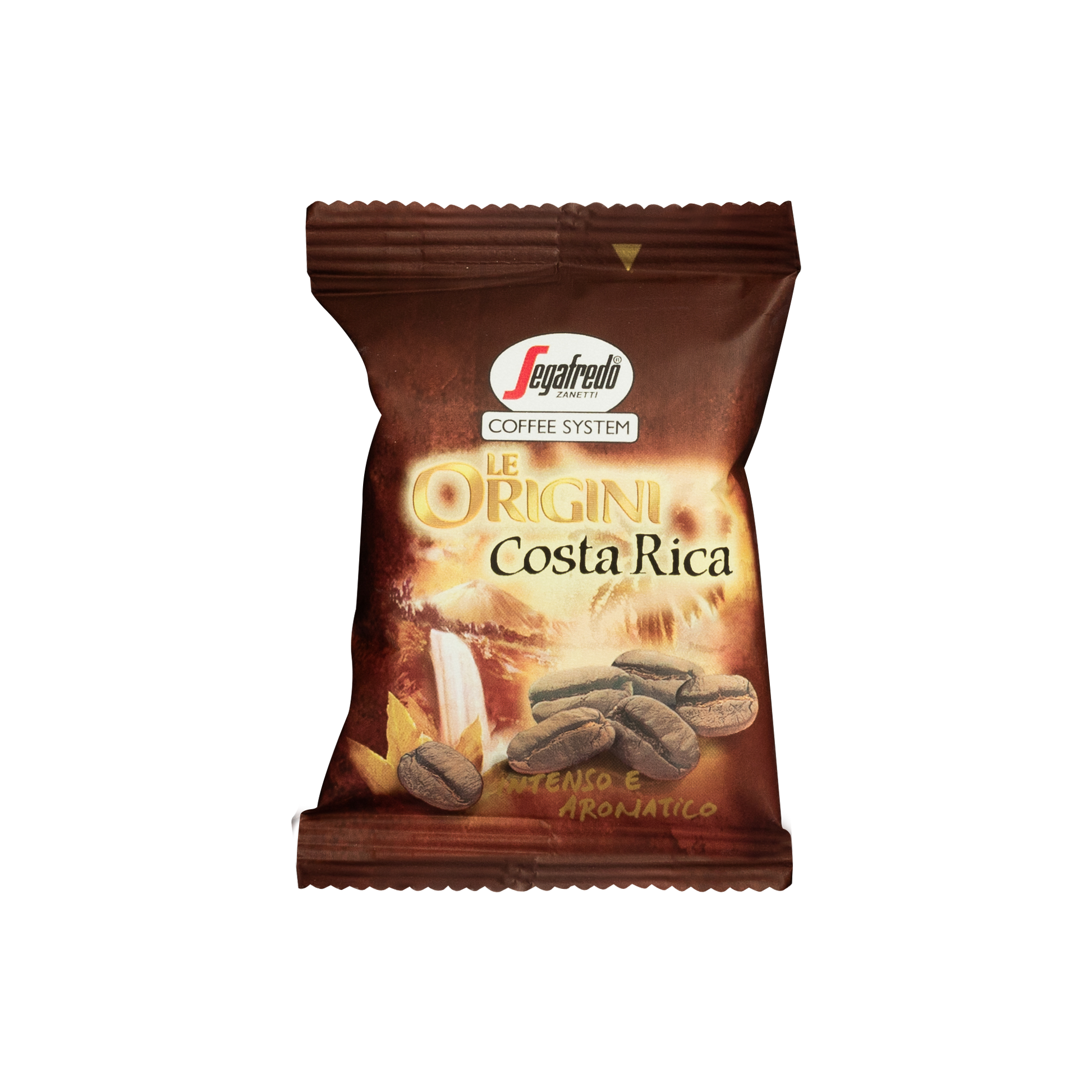Exploring the Rich Tastes of Coffee Beans: a Deep Study Coffee and Blended Coffee Beans
When you check out the abundant tastes of coffee beans, you reveal a complex world where each range brings its own personality to your mug. Understanding the origins, refining methods, and roasting techniques can change your coffee experience. As you browse via the art of coffee and the creativity behind mixed coffees, you'll start to appreciate the subtleties that make each sip distinct. What you'll find following could transform the method you enjoy your early morning brew.
The Beginnings of Coffee Beans: Discovering Terroir and Flavor Profiles
When you take a sip of coffee, you're not just appreciating a beverage; you're experiencing an abundant tapestry of tastes formed by the beans' beginnings. Each area produces special taste accounts affected by altitude, climate, and dirt. As an example, beans from Ethiopia usually rupture with intense, fruity notes, while those from Colombia have a tendency to offer a well balanced, nutty sweetness.
As you explore various origins, you'll observe exactly how terroir-- the environmental elements influencing a plant-- plays a vital function - Single Origin Espresso. The very same coffee variety can taste substantially different relying on where it's expanded
When you think about these factors, you begin to value the complexity behind your mug. Each sip narrates of the land and the farmers that nurtured the beans. Next time you delight, believe about the journey your coffee took prior to it reached your hands, and appreciate those complex tastes that reflect its origin.
Recognizing Espresso: The Art and Scientific Research Behind the Mixture
When you consider coffee, it's not simply about the strong taste; it's additionally concerning the techniques that bring it to life. Comprehending exactly how various prep work methods impact taste can change your brewing experience. Allow's discover the intricacies of coffee prep work and discover the special flavor profiles that make each cup unique.
Coffee Preparation Techniques
Coffee prep work is both a science and an art, combining precise strategies with a deep understanding of coffee. To begin, you'll desire to select high-grade, fresh baked beans and grind them carefully for excellent removal (Single Origin Espresso). The grind dimension is crucial; as well rugged, and your espresso will be weak, also great, and it'll be bitter
Following, tamp the grounds uniformly in the portafilter to ensure consistent removal. When you lock it into the machine, goal for a brewing temperature level between 190 ° F and 205 °
F.As you draw the shot, expect the excellent extraction time-- around 25-30 seconds. The outcome needs to be an abundant, luscious coffee with a beautiful layer of crema on top. With practice, you'll grasp these techniques.
Flavor Profiles Explained
The globe of espresso supplies an abundant tapestry of flavor accounts that can elevate your coffee experience. Light roasts usually showcase bright acidity and dynamic tastes, while dark roasts existing much deeper, bolder tones.
Recognizing these accounts aids you pick the right espresso for your palate. Explore various blends can disclose surprising combinations. As an example, a well-crafted blend may harmonize the bright notes of an Ethiopian bean with the rich, chocolatey undertones of a Brazilian bean. Embrace the trip of discovering espresso's diverse flavors, and you'll transform your coffee routine into an amazing journey.
Handling Methods: How They Influence Flavor and Aroma
While it might seem that the beginning of coffee beans is one of the most significant factor in identifying their taste and aroma, the handling methods used post-harvest play a just as vital function. You'll find that these techniques can dramatically alter the final taste profile of your mug.
For example, the washed procedure removes the fruit from the beans before fermentation, typically leading to a cleaner, brighter flavor. The all-natural procedure leaves the fruit undamaged throughout drying out, resulting in a sweeter, fruitier account.
Other methods, like honey processing, strike a balance, permitting some fruit mucilage to remain, providing an unique complexity.
Each processing technique connects with the beans' integral features, improving or muting details tastes and scents. When you drink that coffee or blended coffee, bear in mind that the journey from cherry to cup is affected not just by beginning go to this site yet additionally by how those beans were processed.
Toasting Techniques: Opening the Complete Potential of Coffee Beans
Roasting strategies are essential for revealing the full potential of coffee beans, as they transform raw, green beans into the aromatic, flavorful coffee you enjoy. The choice of roasting method-- light, medium, or dark-- significantly influences flavor accounts.
You can experiment with roasting times and temperatures to find your perfect brew. A slower roast at reduced temperature levels permits complicated flavors to establish, while a quicker roast can heighten resentment. Take notice of the splits throughout toasting; the very first crack suggests a light roast, while the second crack signals a dark roast. By mastering these strategies, you'll disclose a world of flavor, boosting your coffee experience to brand-new heights. Enjoy every sip, recognizing the treatment that entered into your cup!
The Magic of Blended Coffee: Producing Distinct Flavor Experiences
Producing an one-of-a-kind taste experience with mixed coffee can change your early morning ritual into an exploration of preference. By incorporating different beans from various areas, you can expose a harmony of flavors that raise your cup to new elevations. Each mix offers a distinctive profile, balancing acidity, body, and sweetness to produce something truly unique.
When you pick a blend, you're not simply picking a coffee; you're picking a trip across varied landscapes and societies. Trying out various mixes allows you to uncover your individual favorites, whether you take pleasure in fruity notes or rich, chocolatey undertones.

Sampling Notes: Recognizing the Nuances in Your Mug
As you drink your coffee, you might discover a spectrum of tastes dancing on your taste, each revealing the ins and outs of the beans. You might taste the bright level of acidity evocative citrus or the deep, rich notes similar to dark delicious chocolate. The sweet taste can evoke honey or caramel, stabilizing the total account magnificently.
Pay focus to the body of the coffee-- does it feel light and airy, or is it complete and creamy? The finish, as well, offers clues; a remaining aftertaste might mean nuttiness or floral undertones.

Don't fail to remember to check out the one-of-a-kind features of various beginnings, as each area presents distinctive tastes - Single Origin Espresso. For example, Ethiopian coffees frequently present fruity notes, while Colombian beans might showcase a much more rounded sweet taste. By acknowledging these nuances, you'll deepen your gratitude for each mug, raising your coffee experience to new heights

Brewing Methods: Maximizing Taste Removal for Every Bean
When you discover the different brewing methods, you'll discover that each strategy can dramatically affect the taste profile of your coffee. From French press to pour-over, each method removes different compounds, enhancing or silencing certain notes. For example, making use of a French press enables oils to remain in the mixture, producing a richer preference, while pour-over highlights clarity and illumination.
Temperature and grind dimension also play necessary roles. A coarser work functions best for cold mixtures, while a great grind is excellent for espresso. Try out water temperature-- between 195 ° F and 205 ° F-- can expose hidden tastes, also.
Don't fail to remember concerning steeping time; a fast removal can lead to sour notes, while over-extraction might generate bitterness. By changing these variables, you can make the most of flavor removal and truly elevate your coffee experience. Take pleasure in the trip of discovering what method finest matches your palate!
Often Asked Concerns
What Is the Perfect Water Temperature Level for Brewing Coffee?
The suitable water temperature level for developing coffee's in between 195 ° F and 205 ° F. If you use water that's as well hot, you'll over-extract flavors; too chilly, and you won't draw out sufficient. Purpose for that sweet spot for the very best brew!
Exactly How Does Grind Size Impact Coffee Taste?
Work dimension substantially influences coffee taste. Better grinds remove extra oils and flavors, leading to a bolder taste, while coarser grinds yield a lighter flavor. Changing work dimension helps you achieve your desired coffee account.
Exist Wellness Advantages Surrounding Alcohol Consumption Coffee?

What Is the Difference Between Arabica and Robusta Beans?
Arabica beans are smoother and sweeter, typically including fruity tastes, while robusta beans are more powerful with a bitter taste and higher caffeine web content. You'll notice these differences in scent and brewing experience.
How Can I Shop Coffee Beans for Quality?
To save coffee beans for quality, maintain them in a closed container, away from moisture, warm, and light. You'll preserve their taste much longer if you only grind what you need right prior to developing.
Discovering the Abundant Flavors of Coffee Beans: a Deep Dive Into Espresso and Blended Coffee Beans.
When you discover the abundant flavors of coffee beans, you reveal a complex world where each selection brings its very own personality to your cup.When you take a sip of coffee, you're not just enjoying a drink; you're experiencing an abundant tapestry of flavors shaped by the beans' origins.Roasting strategies are crucial for exposing the complete capacity of coffee beans, as they change raw, green beans right into the aromatic, delicious coffee you enjoy.As you drink your coffee, you might discover a range of flavors dancing on your taste buds, each revealing the ins and outs of the beans.